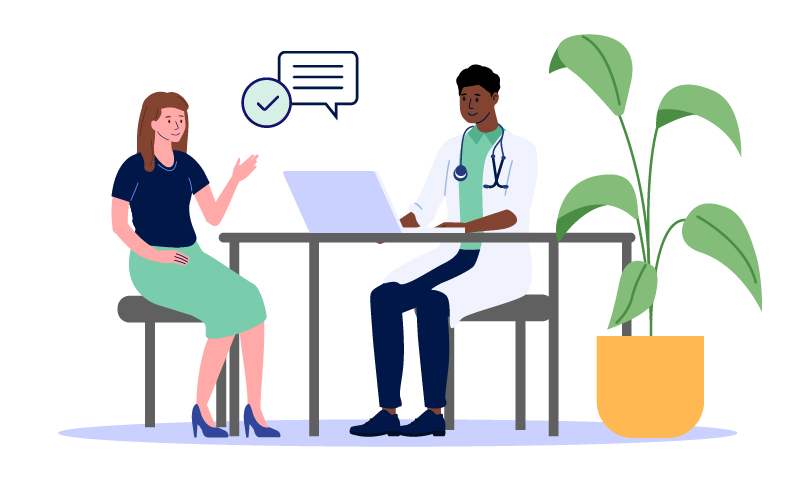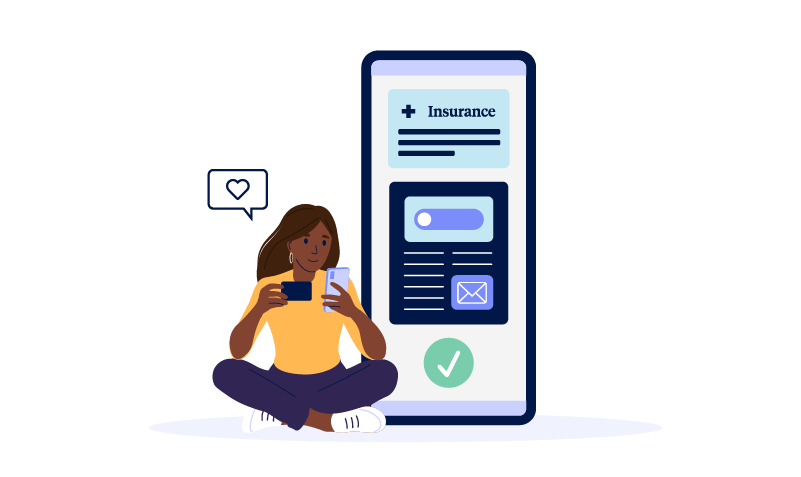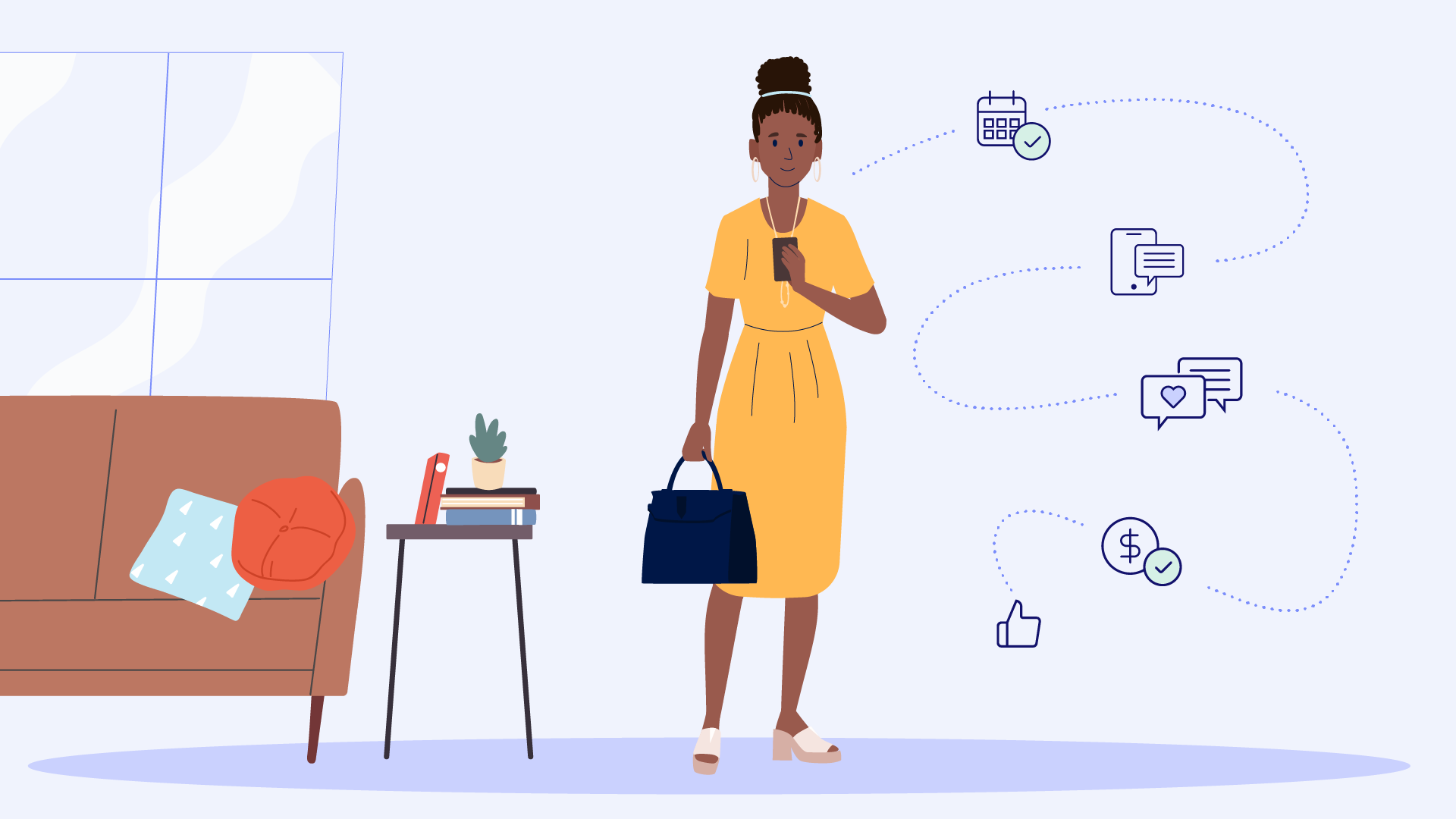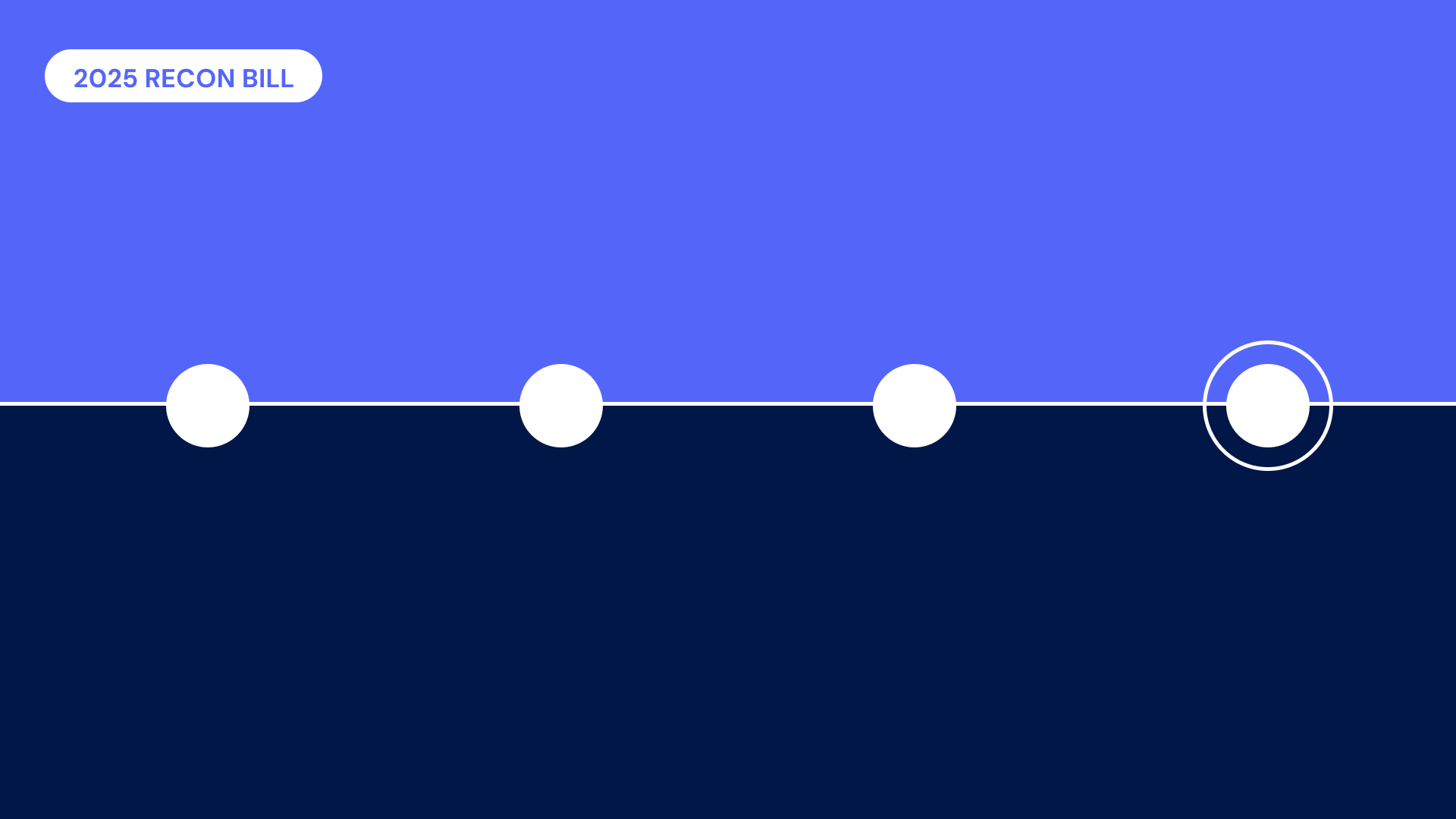This blog post was originally published on The Patient Experience Studio on Medium, where Cedar’s Product Design and Data Science teams share a behind-the-scenes look into how we’re building a better financial experience.
The question of how to give patients a seamless pre-visit experience isn’t a mystery. In fact, patients will readily tell you what they want and why. All you have to do is ask.
Cedar recently interviewed seven patients to better understand how they feel about healthcare check-ins. Here’s a rundown of what they told us—and what providers can do to help.
1. Less is more
“The most ideal check-in is not even having to check in at all. It’s in the app, and it knows that you’re there because everything was done online.”
When asked to describe their ideal journey, patients say they just want to save time via online pre-check options, avoid additional paperwork and bypass the waiting room completely. Rather than experiencing some sort of pre-visit Nirvana, most patients want to cut out extraneous processes and focus directly on their care. In practice, providers can take a big step to reduce check-in friction at the front desk by driving online form completion.
2. Eliminate information uptake friction
“It’s almost like online dating. You go through the same conversation over and over again.”

There’s friction between patients and clinicians over obtaining medical information due to inefficiencies in the uptake process. Patients expect sharing information with providers to be inefficient and non-transparent because they find themselves filling out the same information multiple times.
While clinicians sometimes need to re-verify medical history or insurance information, they can make improvements by integrating with payers and automating as much validation as possible prior to the waiting room. For instance, they could send validation requests ahead of time through a patient’s digital channel of choice.
3. Empathy starts prior to visit
“I think if a doctor doesn’t ask about your past medical history, it can feel paternalistic…as if they’re not listening to you [or] caring.”
Patients are concerned about receiving quality care and feeling valued by their doctor. Understanding their medical history and visit goals are important factors in building trust.
Other patients talk about the lack of autonomy and feeling vulnerable, which is heightened when sitting in a waiting room. Requesting information like “reason for visit” can help provide context and guide the confirmation. Additionally, providers should view information-sharing as a way to build a relationship between the patient and doctor.
4. Balance human and digital touchpoints
“They already knew my name as soon as I walked in, greeted me with water, the wait time was super short, and the experience seamless. To this day, I still visit them, and they know my name and call to check in and remind me of my appointments.”
Users want empathy but not at the expense of efficiency. Providers should seek out tools to drive connection between patients and their care team—not to replace them. A streamlined digital experience allows patients to automate pre-visit logistics (as much as possible) and focus on care.
In addition to pre-visit features like online appointment check-in, pre-pay copay options, and appointment reminders, some patients expressed interest in real-time updates on appointment times.
5. Focus on efficiency and seamlessness
“I have my boarding pass in my Apple wallet.”

Many participants described the airport-style online check-in process as ideal because of its simple digital procedures. Patients want to avoid the waiting room by receiving mobile notifications on wait times and digital check-in in order to save time.
6. Simplify the healthcare check-in process through app integrations
“Create a profile that’s universal across doctor’s offices and share that information with whoever I’m making an appointment with.”
Patients want a “universal health profile” that summarizes their healthcare information because they find it redundant and time-consuming to constantly fill out paperwork. Others wanted the scheduling and check-in experience to integrate as much as possible with their existing tools (e.g. Google Calendar, Apple Health, etc.) so they can track all their information in one place rather than needing to download additional apps.
7. Surface copay and estimates upfront
“As often happens with medical stuff, you feel like the ground is shifting beneath you and the target is moving. Putting all of it on one page doesn’t feel like that.”
Seven out of 10 patients prefer seeing copay and estimates on the same page because seeing the total amount owed upfront feels more transparent, informative and clear. It also saves time by decreasing clicks.
In general, people who have a clear understanding of estimates find them useful for financial planning. People even said they would be more likely to pay upfront if estimates were at least 90% accurate. And as all this feedback illustrates, the more transparency patients see during healthcare check-ins, the better off the industry will be for everyone involved.
Lana Cohen is a Senior User Researcher at Cedar where she builds empathy with patients and providers to help rethink the check-in experience.



